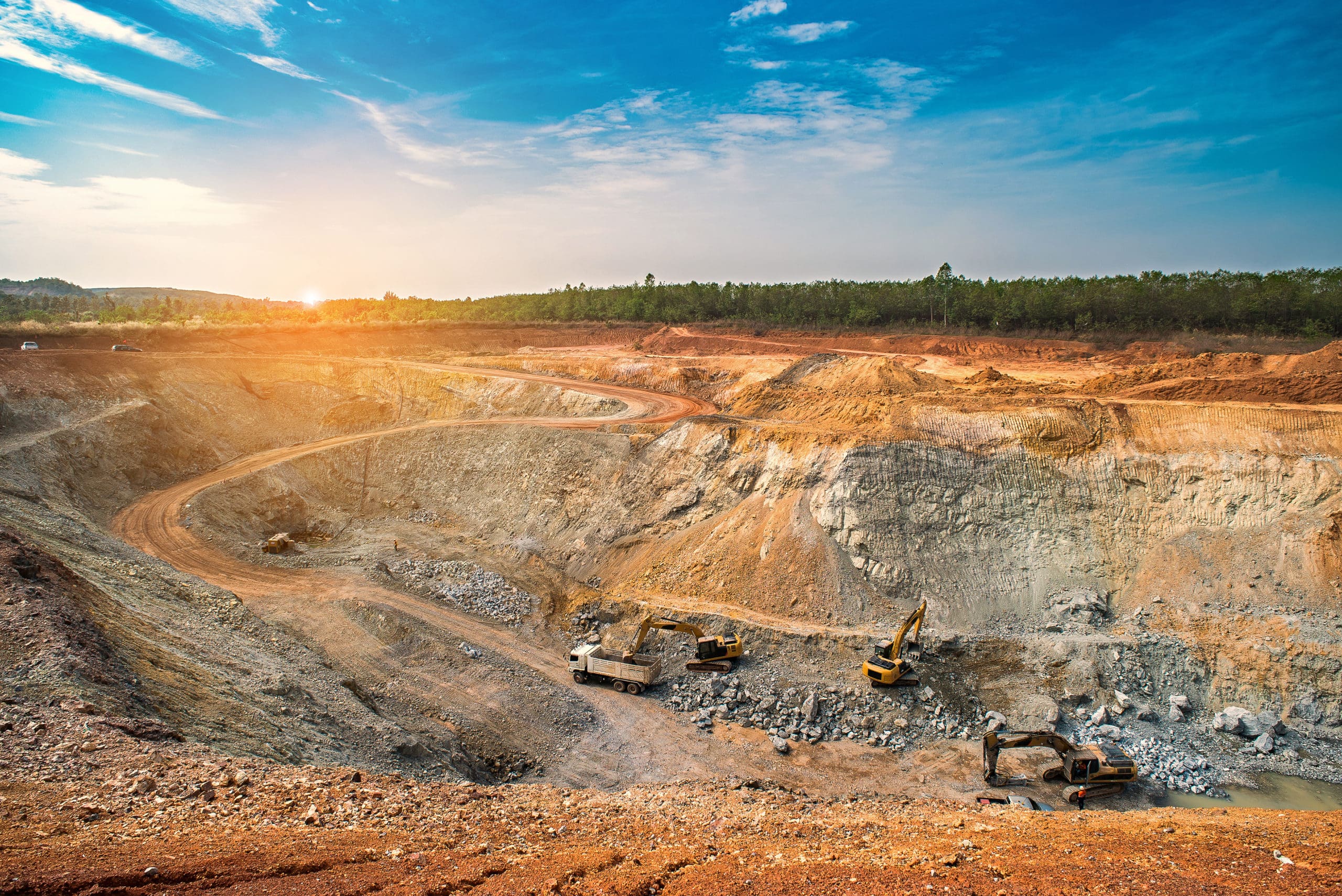
From its peak in 2008, coal production in the United States dropped 40% by 2019, and the decline is expected to continue. In the meantime, the metal mining industry in the US has been increasing, totaling $27.7 billion in 2020 alone.
Why have these changes occurred? And what does it mean for equipment manufacturers?
The Decline of the Coal Mining Industry
There are many reasons for coal production’s drop in the US, but there are two primary causes for the decline.
First, many manufacturing industries have lowered their output since the 2008 recession. Manufacturers needed less fuel, and the demand for coal dropped. This caused many companies to cut back on their mining outputs.
US energy consumption has also diversified, and other fuel sources supply more of the country’s energy needs. As natural gas, nuclear, and renewable energy provide more for the industry, coal has fallen behind.
As these other energy sectors have grown more popular, they have also gotten cheaper. In addition, increased environmental regulations have hampered coal power plants. Between these and other factors, demand for coal has been reduced. With this diversity, coal no longer controls as much of the energy market, also driving down demand.
Even with this reduction, coal has absolutely not become obsolete. Many power plants continue using coal, and it is still a multi-billion dollar industry. But overall, the general trajectory has been downward for quite a few years. Coal production actually hit a 56 year low in 2020! This fall looks likely to continue, and it is unlikely coal will again hit the peak that it had in 2008.
But with coal on the decline, what does that mean for other types of mining?
The Rise of Metal Mining
Between 2016 and 2020, US metal mining production increased by $4 billion. This includes a wide variety of metals necessary for many industries and processes.
These include construction, electrical work, and even computer manufacturing. Several industries have skyrocketed due to these metals, particularly in the computer industry.
Some of these metals have become so lucrative, in fact, that copper theft has become a very serious problem.
Metal demand will almost certainly continue to rise alongside growing populations. New buildings need to keep up with this growth, which means construction projects need the materials to match.
Additionally, computer manufacturers need many metals to produce both their hardware and software. There are more than a dozen types of metals used to manufacture just one computer! The growing demand for these metals contributes heavily to the mining industry in the US.
Gold mining, as well as copper, iron ore, and zinc, make up the bulk of the United States’ metal production value, but they are not the only highly mined materials in the country.
Non-Metal Mining
As with metals, the productivity of industrial mineral mining has increased dramatically, rising from $48 billion in 2016 to $55 billion in 2020. That’s almost a 15% increase in just four years!
Of these minerals, a large portion was crushed stone, construction sand, and gravel. These have a variety of uses, including in road construction, buildings, and cement. Other billion-dollar mineral mining industries include lime, salt, phosphate rock, soda ash, and even clay.
As with many metals, these materials are critical for infrastructure and construction. They will doubtless remain in high demand as populations continue to grow and people need more places to live.
For example, total road mileage in the US increases approximately .4% annually. With more than 4 million miles of road, that’s more than 16,000 new miles every year! All those miles of road need mined minerals, which means they require equipment not just for mining, but also hauling and construction.
Many of these minerals are also necessary for manufacturing and chemical processes in the US. The chemical industry in the US is huge, generating more than $700 billion annually. A lot of these products are also exported internationally, requiring a solid supply chain both at home and abroad. This supply chain involves many levels of infrastructure, equipment, and logistics.
Equipment Needs
The good news is, much of the equipment needed for coal mining is also useful for metals, crushed stone, and other minerals.
Vehicles such as dump trucks, loaders, and dozers are critical for all types of mining and hauling operations. While coal mining has decreased, the need for this equipment has not been eliminated.
While coal mining requires some specialized equipment, mining in general requires many of the same types of equipment. Hauling equipment in particular is critical for many mining operations, whether for fuel, metal, or other minerals.
In addition, support and repair vehicles are necessary to maintain vehicle fleets and mining equipment. These vehicles are also important for supporting infrastructure work and repairs. Support vehicles include repair trucks, trailers, cranes, and other types of specialized equipment.
As mentioned earlier, thousands of miles of new roads are built every year. These are in addition to all the existing roads that need maintenance and repairs. Many cities are growing far more rapidly than the general population, and they need the infrastructure to match. This growth needs materials, and those materials need equipment to mine and haul them.
New Equipment
While coal production is falling, many other mining sectors do continue to grow! Many types of equipment are still absolutely necessary for the mining industry and infrastructure needs of the country.
If you’re interested in finding out more about our equipment used in the mining industry, or purchasing some for your own business, contact us today!



